

Glen Casey
Bassman Spinnerbaits Co-Owner
Glen has been the face behind one of Australia’s iconic lure brands “Bassman Lures”. Apart from their famous spinnerbaits, Bassman produces a range of mumblers, jig heads and more. Glen loves his Australian freshwater native fish, but also targets barra and a range of other species.
Glen’s Spinnerbait Fishing Tips
- Key considerations when choosing a spinnerbait include whether there is current, and if so, how strong it is, what the water depth is and whether the water is clear or coloured.
- In current a single or double willow blade lure is a great choice, with the weight chosen to suit the water depth. This could range from 5/8 to 1 ounce in deeper water.
- In slower flows a tandem arrangement is perfect. These have a Colorado blade for vibration at the back and a willow blade for flash at the front.
- In still or very slow flow it’s possible to switch to a single or double Colorado, which can be worked much slower than a willow and will create massive vibration for fish to home in on.
- Spinnerbaits are relatively snag resistant, so bang them off the snags any way that you can. Cast well past the structure, let the lure sink and then roll it back in, crashing it into structure. The trick it to wind the lure over the structure, let it sink back down and then start winding again.
- On the first cast, count how long it takes for the lure to hit bottom. On subsequent casts you can start the retrieve a second or two before it hits bottom.
- The current side of snags are great because the fish are facing into the current.
- In impoundment the fish tend to be more active and move around a lot more. Glen focuses on points in dams and impoundments and like to think about what the wind has been doing the past few days to identify places where fish might be holding.
- Land-based spinnerbait fishing is very much the same as boat or kayak fishing, except you need to be aware that the fish often take the lure right at your feet. Glen feels that the last-minute change of line angle stimulates the bite.
- Spinnerbaits can be used at any time of day or any time of year. During summer and early autumn if the water temperatures get too high the fish might move to the thermocline and you’ll want to count your spinnerbaits down to the appropriate depth.
- The dams fish very well for Murray cod through winter because they come up the water column to the top 3-4m. In summer they stay deeper.
- Spinnerbaits are often thought of as a springtime reaction-bite lure, but this is more of a mindset thing and intelligent lure selection and use will make spinnerbaits productive at any time.
- Bassman’s Codman and DT ranges are a great starting point for cod (obviously) and there was about 18 months invested in the development of this range.
- The Compact Spinnerbaits were developed in response to anglers wanting to throw spinnerbaits at bass in water depths of 30-35ft.
- The TW series are bass lures and were developed and redesigned for the US market to enable fish to be landed without a net and without braking wires.
Tackle for Spinnerbaiting
- For bass, single grip, lightweight baitcast rods are perfect if that’s your preference, but light spin gear can work fine too. A 2-3kg line class rod is fine, although you’ll sometimes come unstuck if a cod eats your spinnerbait. Choose the slowest retrieve reels you can find for spinnerbaiting and load them with 10-20lb braid.
- For cod fishing, a 6kg rod for smaller fish to 8kg for the bigger fish, 50lb braid and a 60lb leader.
- Glen prefers fluorocarbon leaders and connects them to the mainline with an FG knot. He prefers to tie his leader to the lure rather than use a clip, reasoning that by tying on a clip you’ve mentally decided that the lure you’ve chosen won’t work and will need to be switched. With that mindset your focus is on choosing the next lure you’ll use, rather than working the one you already have on to full potential. Glen simply attaches his spinnerbait to the leader with a blood knot.
Working spinnerbaits effectively
- The technique for working spinnerbaits through snags is the opposite of that used with hard bodies. When a hard body hits a snag it’s normal to stop reeling, drop the rod tip and let it float back up, then lift the rod tip and start winding again. When a spinnerbait hits a snag it’s best to lift the rod tip and continue winding until it comes up over the snag and then drop the rod tip and let it flutter back down.
- On the first cast after arriving at a spot, run the lure as close to the bottom as possible. The next cast, count the lure half down and the following cast work it close to the surface. The key is over several casts to cover all depths.
- Putting half second pauses into the retrieve can help to encourage a following fish to open its mouth and take the lure. Keep mixing up the retrieve.
- Glen finds that fish usually hit a lure early if they’re going to take it at all. He puts in 6-8 casts on a likely snag, then moves to the next one.
- Glen likes to hold his rod to the side, as this provides a little bit of give to enable a fish to inhale the lure. Pointing the rod at the fish reduces the chance for the lure to be sucked back into the fish’s mouth.
- Trolling is a very effective technique for using spinnerbaits and bladed jigs (such as mumblers and chatterbaits). Adjust weight and trolling speed to suit conditions.
- Regardless of what lure you’re fishing, use it correctly and use it with confidence. Too many people switch lures too often and don’t stick to using the one thy have tied on for long enough.
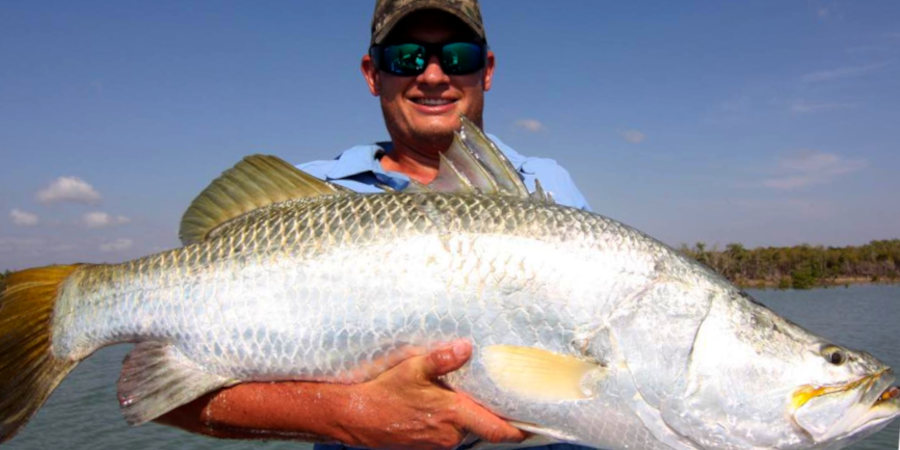
Victoria and Roper Rivers Barramundi With Trent De With
ALF EPISODE 681 Fishing for barramundi in the Victoria and Roper rivers is an experience every angler should aspire to. With unique challenges and rewarding catches, these rivers in the Northern Territory are prime spots for landing this iconic species....
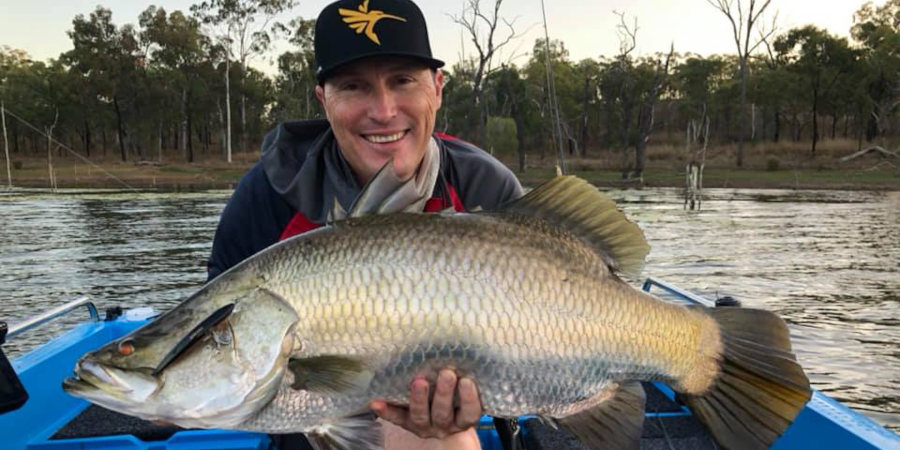
Barramundi Fishing In Lakes Awoonga And Monduran: A Comprehensive Guide
Get all the advice you need for fishing Lake Awoonga and Lake Monduran. Gun angler and former guide Roderick Walmsley shares his tips here.
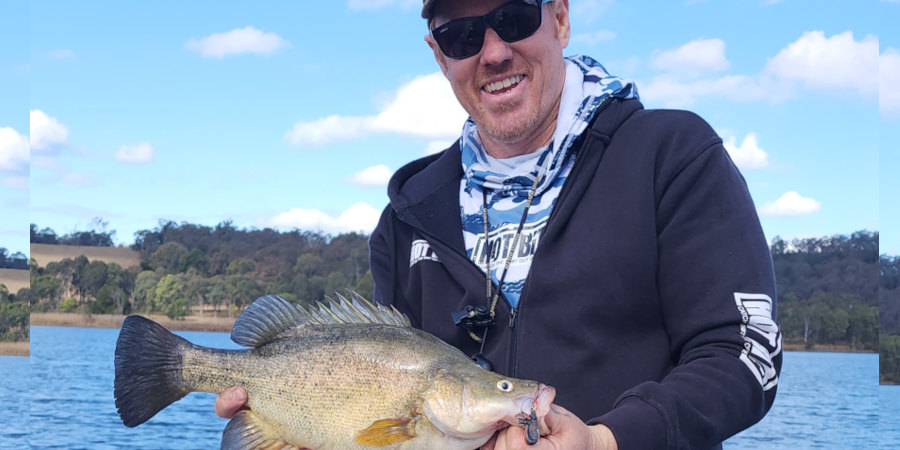
Conquering Cooby And Cressbrook Yellowbelly With Jason Ehrlich
Jason Ehrlich takes us to Cooby and Cressbrook Dams in search of yellas, and share a bunch of little known tips and insights along the way.

Central Queensland Barra Lakes With Roderick Walmsley
Rod's interview on barra lakes was ALF EPISODE 648. Check out our lure fishing archives for more information on Barramundi Fishing, or grab our guide to Barramundi Lures. Roderick Walmsley Fishing Writer and Personality Roderick has made a life out of fishing. A...

Barramundi Paradise: Lakefield National Park Fishing
Lakefield National Park is a remote barramundi wonderland, but Luke Galea reckons it’ worth “doing the miles to get the smiles” even when you’re off the beaten track already. Tune in as he explains how to plan and execute a land-based Lakefield National Park fishing odyssey.

Unravelling Trophy Wet Tropics Barramundi In The Spring
ALF EPISODE 637: This Interview With Brodie Quaas Is His Second On Wet Tropics Barramundi. You Can Check Out His Previous Episode Here. Or, Get Our Barramundi Lures Guide Brodie Quaas Far North Queensland Fishing Guide Brodie is a former NSW tournament angler who...

The Five Best Fishing Spots In Sydney With Luke Kay
The greater Sydney area has no shortage of fishing opportunities for lure tossers, as today’s guest Luke Kay shares in this interview. From the bays and estuaries to the ocean rocks, Luke takes us through where he likes to go in search of fish.
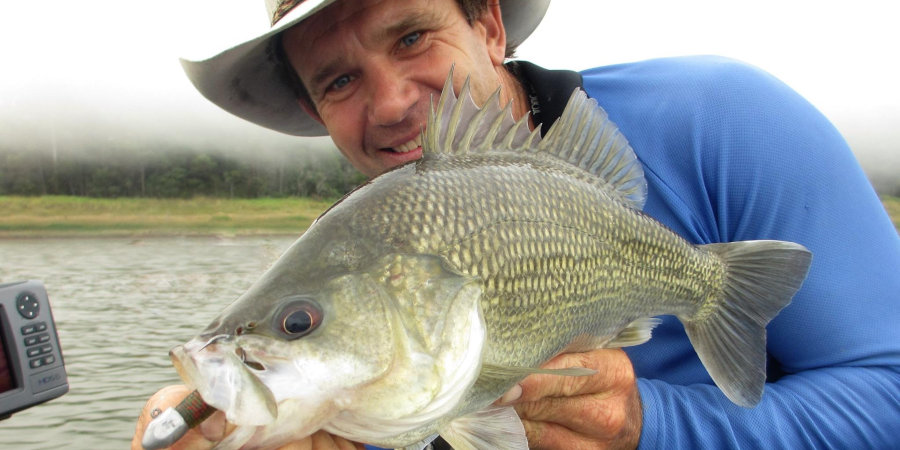
How To Catch Mega Bass In Ewen Maddock With David Brace
Ewen Maddock and Baroon Pocket Dam are relatively small, lesser known fishing spots on SEQ’s Sunshine Coast. Loaded with bass, saratoga and cod, they create a unique and readily accessible opportunity for lure fishers.
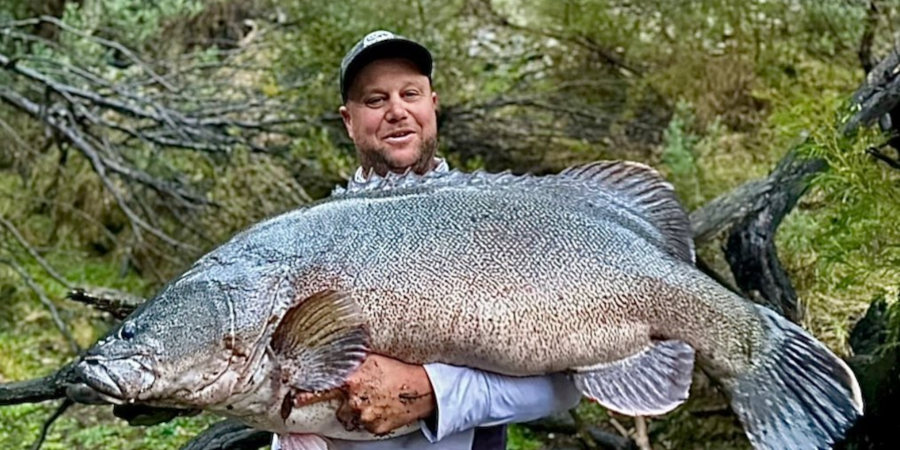
Episode 625: Murrumbidgee River Murray Cod With Tyson Zarew
The Murray Cod fishing in Canberra’s Murrumbidgee River system can be next level, as Tyson Zarew shares in this interview. Get the full rundown on how where and with what to fish for them!

Victoria and Roper Rivers Barramundi With Trent De With
ALF EPISODE 681 Fishing for barramundi in the Victoria and Roper rivers is an experience every angler should aspire to. With unique challenges and rewarding catches, these rivers in the Northern Territory are prime spots for landing this iconic species....

Barramundi Fishing In Lakes Awoonga And Monduran: A Comprehensive Guide
Get all the advice you need for fishing Lake Awoonga and Lake Monduran. Gun angler and former guide Roderick Walmsley shares his tips here.

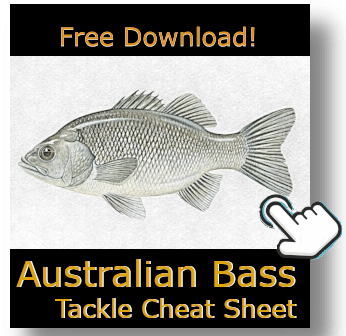
Greg
This was a great episode and Kaitlin delivered it well for her first one.
Iam A long time listener for Tassie and even though a lot of these podcasts aren’t relative still enjoy listening especially now you are mixing up the podcasters.
5 stars for Kaitlin.
Andrew Batge